LAKE COMO – Travel guide for opera, classical music and culture
Lake Como: A travel guide for music fans
Visit destinations for classical music and opera art with a historical connection. Get to know exciting ideas and background information
0
MAP AND OVERVIEW
Here you can find the locations of all described destinations on Google Maps.
0
1
LIVE AND WORK OF COMPOSERS IN THE LAKE COMO REGION
The beauty of the Upper Italian lakes attracted quite a few artists. Puccini wrote his Manon Lescaut here.
1
2017
MUSEUMS
Two small museums dedicated to Giuditta Pasta and Ruggero Leoncavallo can be visited.
2017
3
HOUSES AND APARTMENTS OF ARTISTS
Beautiful villas on the shore inspired the artists.
3
4
CEMETERIES AND TOMBS OF FAMOUS MUSICIANS
The tombs of Leoncavallo and Pasta are located in this region.
4
5
MONUMENTS
The municipality of Moltrasio honored Vincenzo Bellini with a monument
5
MAP OF THE DESTINATIONS OF THE TRAVEL GUIDE REGION LAKE COMO
Zoom in for destinations in the Lake Como region:
LIFE AND WORK OF COMPOSERS IN THE LAKE COMO REGION
Vincenzo Bellini
Love nest in Moltrasio
Vincenzo Bellini spent some summer months at his beloved Lake Como in the villa town of Moltrasio. There he composed “La straniera” and “La sonnambula” and met with his (married) mistress Giuditta Turina.
He lived as a guest in various villas in the exclusive Moltrasio. For example, the fantastic Villa Passalacqua (which enchanted Churchill and Napoleon Bonaparte) with its magnificent garden and view of the sea (bookable). The village honored the Bellini with a monument.
Villa Passalacqua:
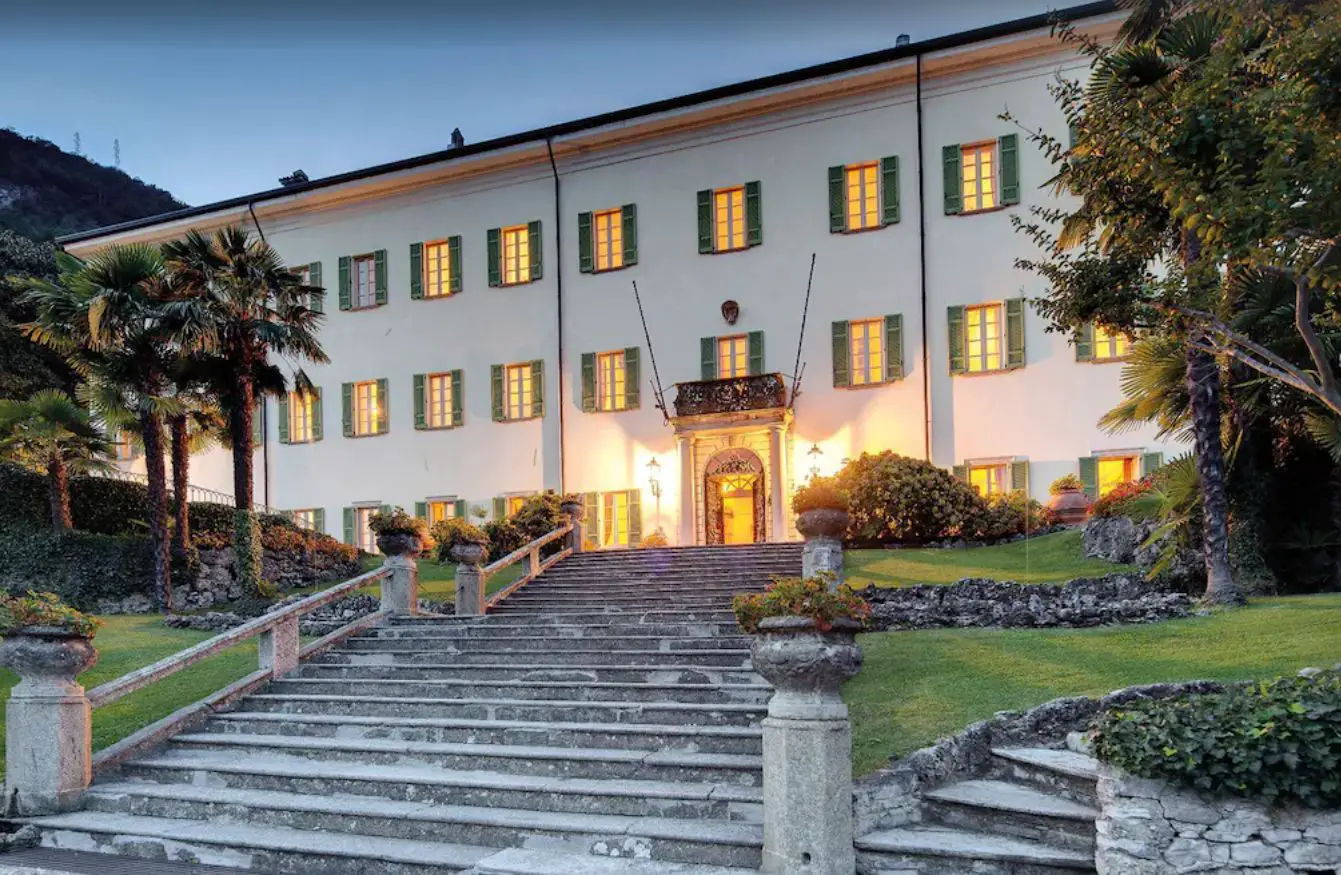
Bellini monument in Moltrasio:
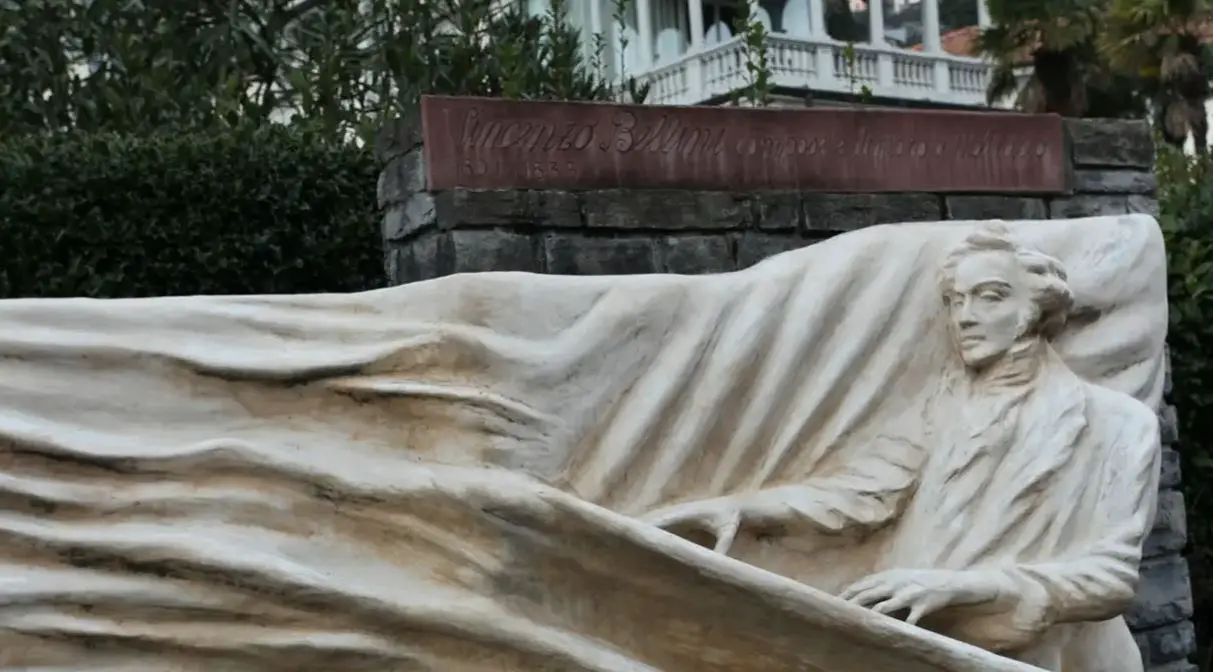
Ruggiero Leoncavallo
Long years in Brissago at the Lago Maggiore
In 1890, Ruggiero Leoncavallo came to the Ticino village of Brissago (near Lake Como) for the first time during a bicycle tour. He kept the village in good memories later rented a house and 14 years later decided to build his own Art Nouveau villa there, the artists’ retreat “Myriam”. There he received, among others, the singers Caruso and Tetrazzini and Eleonora Duse, and wrote his following works. He had the striking statues of his “Roland of Berlin” and his “Zaza”, both operatic figures, erected in the garden. He also befriended the eccentric Antoinette de Saint-Leger, who had her villa on the Isole di Brissago.
Leoncavallo also made efforts to promote cultural aspects in Ticino and Brissago had already made him an honorary citizen with a beautiful tribute in 1904. Leoncavallo was always generous with his money and with the beginning of the World War he fell into financial difficulties and had to sell Villa Myriam in 1916. This villa was unfortunately demolished in 1978.
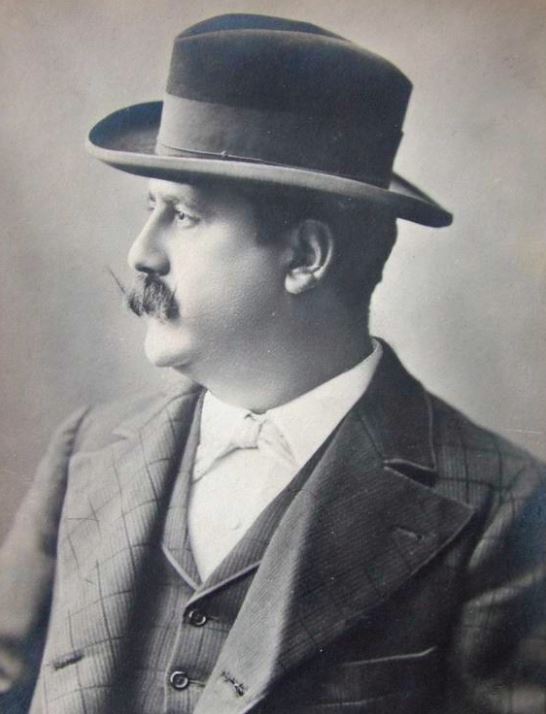
Franz Liszt
Escape to Bellagio from the scandal in Paris
When Liszt arrived in Bellagio, he wrote in a letter, “When you write the story of two happy lovers, set it on the shores of Lake Como. I know of no place more demonstrably blessed by heaven; I have seen no other where the charms of a love life can appear more natural.”
The 25-year-old Liszt had fled to Geneva in early 1835 with the married Marie d’Agoult and her daughter to escape the hostility of better society, which disapproved of this alliance. In addition, Marie was pregnant and they did not want to experience the scandal of giving birth to a child together in Paris. After the months in Geneva, they chose the Villa Bellagio as their destination and spent three months there. There their daughter Cosima was born, who 35 years later would marry Richard Wagner.
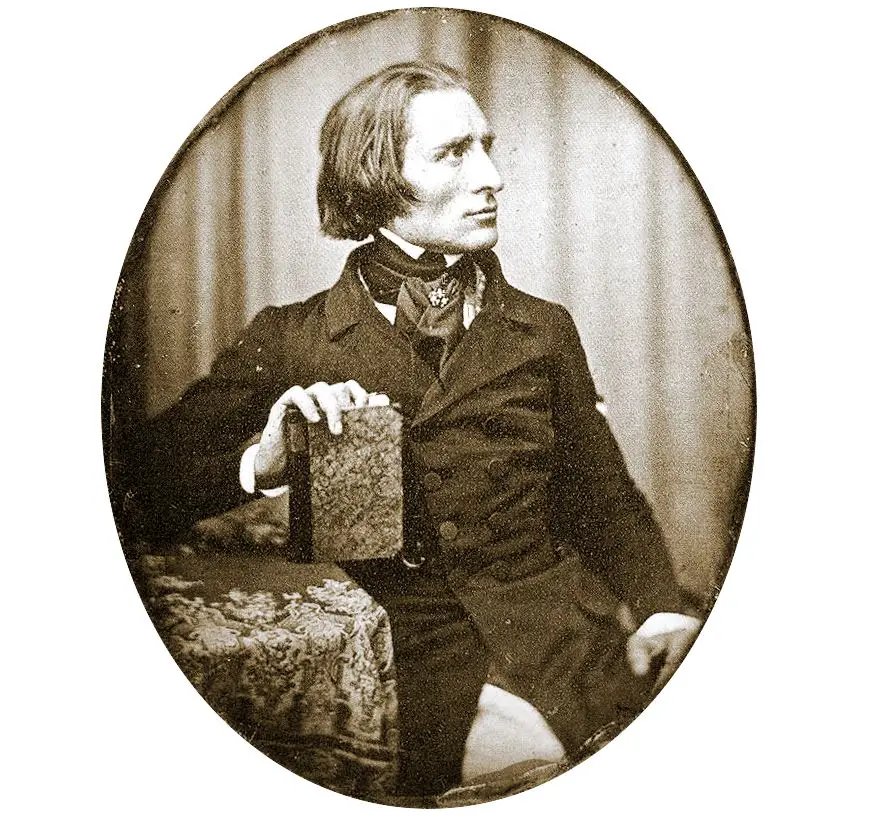
Giuditta Pasta
Triumphs throughout Europe
In 1797, in Saronno (between Como and Milan), a person was born who would become the leading opera singer in Europe for over a decade. Giuditta Pasta became a singer with a considerable range and performing qualities.
Rossini, Bellini and Donizetti entrusted her with their most important roles and she appeared as a star in Naples, Milan, Vienna, Paris and London. Her career peak was the two formidable years 1830-32 when she triumphantly premiered the roles of Anna Bolena, Norma and Armina (“La Sonnambula”). Pasta lived her first eleven years in Saronno and then went to Milan to study music.
Lover of Bellini (and Donizetti?)
Giuditta Pasta was Vincenzo Bellini’s muse, he considered her the perfect interpreter of his leading roles. He once wrote when he saw her in Bergamo that she still brought tears to his eyes even after countless performances.
Pasta was one of the greatest opera singers of the 19th century. At a young age she bought the estate in Blevio, which she made her residence at the age of 30. Bellini often came to her from Moltrasio, where he had his composition and love nest. Donizetti also visited her, even staying with her for a month when he worked with her on “Anna Bolena”.
With her roles such as Norma, Anna Bolena or Armina (“La sonnambula), the description of her voice as a soprano sfogato (“a dramatic coloratura soprano with great vocal range”) and her strong acting abilities, she is often compared to Maria Callas. A museum about her life is located in Saronno (see also further down)
The singer Pasta spent the second half of her life in the villa, died on April 1, 1865 at the age of 67 and was buried in the small cemetery in Blevio.
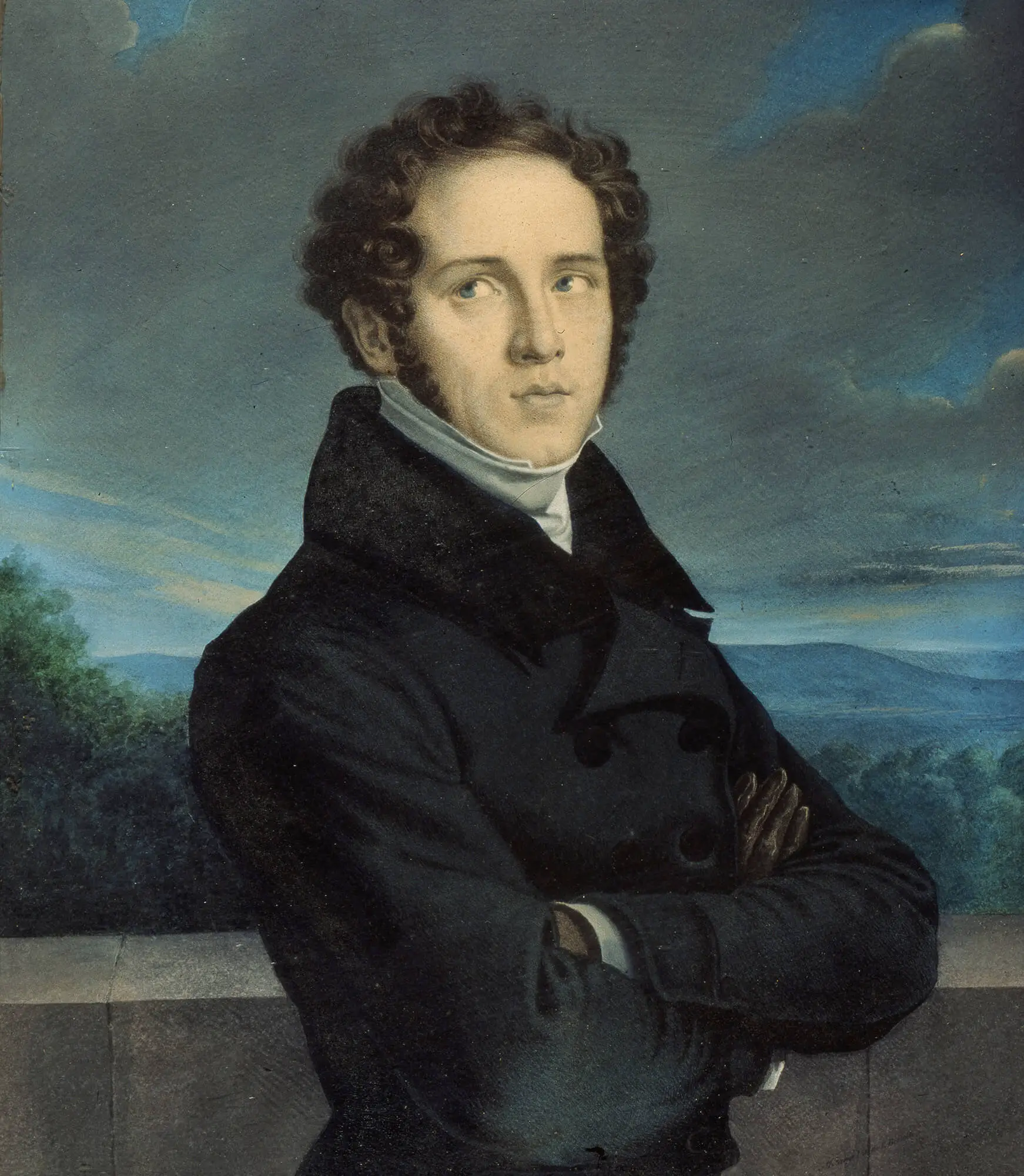
Giacomo Puccini
Neighbour of Leoncavallo
The small Ticino village of Vacallo, near Chiasso, had the honor of hosting two greats of opera music in 1892. Puccini went to the summer resort of this village several times between 1886 and 1892 and rented a house.
A stone’s throw away, Ruggiero Leoncavallo was at work in the hotel of today’s “Osteria del Teatro”. Both hung posters out of the window as a sign of their presence, Leoncavallo a clown as a sign of “Pagliacci” just premiered by Toscanini and Puccini a fist as a sign of Manon (Fist = “Manone” in Italian), as he was at work on “Manon Lescaut“, Leoncavallo even wrote a few verses for his colleague.
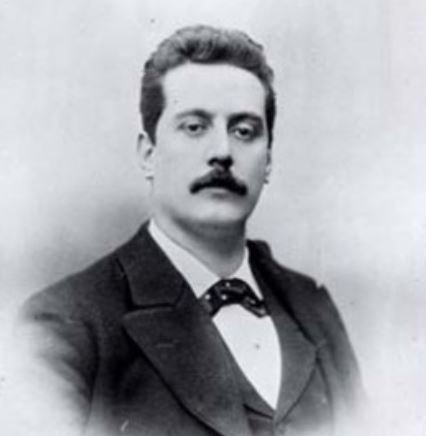
TO THE COMPLETE PUCCINI BIOGRAPHY
MUSEUMS
Vincenzo Bellini
Love nest in Moltrasio
Vincenzo Bellini spent some summer months at his beloved Lake Como in the villa town of Moltrasio. There he composed “La straniera” and “La sonnambula” and met with his (married) mistress Giuditta Turina.
He lived as a guest in various villas in the exclusive Moltrasio. For example, the fantastic Villa Passalacqua (which enchanted Churchill and Napoleon Bonaparte) with its magnificent garden and view of the sea (bookable). The village honored the Bellini with a monument.
Villa Passalacqua:

Bellini monument in Moltrasio:

Ruggiero Leoncavallo
Long years in Brissago at the Lago Maggiore
In 1890, Ruggiero Leoncavallo came to the Ticino village of Brissago (near Lake Como) for the first time during a bicycle tour. He kept the village in good memories later rented a house and 14 years later decided to build his own Art Nouveau villa there, the artists’ retreat “Myriam”. There he received, among others, the singers Caruso and Tetrazzini and Eleonora Duse, and wrote his following works. He had the striking statues of his “Roland of Berlin” and his “Zaza”, both operatic figures, erected in the garden. He also befriended the eccentric Antoinette de Saint-Leger, who had her villa on the Isole di Brissago.
Leoncavallo also made efforts to promote cultural aspects in Ticino and Brissago had already made him an honorary citizen with a beautiful tribute in 1904. Leoncavallo was always generous with his money and with the beginning of the World War he fell into financial difficulties and had to sell Villa Myriam in 1916. This villa was unfortunately demolished in 1978.

Franz Liszt
Escape to Bellagio from the scandal in Paris
When Liszt arrived in Bellagio, he wrote in a letter, “When you write the story of two happy lovers, set it on the shores of Lake Como. I know of no place more demonstrably blessed by heaven; I have seen no other where the charms of a love life can appear more natural.”
The 25-year-old Liszt had fled to Geneva in early 1835 with the married Marie d’Agoult and her daughter to escape the hostility of better society, which disapproved of this alliance. In addition, Marie was pregnant and they did not want to experience the scandal of giving birth to a child together in Paris. After the months in Geneva, they chose the Villa Bellagio as their destination and spent three months there. There their daughter Cosima was born, who 35 years later would marry Richard Wagner.

Giuditta Pasta
Triumphs throughout Europe
In 1797, in Saronno (between Como and Milan), a person was born who would become the leading opera singer in Europe for over a decade. Giuditta Pasta became a singer with a considerable range and performing qualities.
Rossini, Bellini and Donizetti entrusted her with their most important roles and she appeared as a star in Naples, Milan, Vienna, Paris and London. Her career peak was the two formidable years 1830-32 when she triumphantly premiered the roles of Anna Bolena, Norma and Armina (“La Sonnambula”). Pasta lived her first eleven years in Saronno and then went to Milan to study music.
Lover of Bellini (and Donizetti?)
Giuditta Pasta was Vincenzo Bellini’s muse, he considered her the perfect interpreter of his leading roles. He once wrote when he saw her in Bergamo that she still brought tears to his eyes even after countless performances.
Pasta was one of the greatest opera singers of the 19th century. At a young age she bought the estate in Blevio, which she made her residence at the age of 30. Bellini often came to her from Moltrasio, where he had his composition and love nest. Donizetti also visited her, even staying with her for a month when he worked with her on “Anna Bolena”.
With her roles such as Norma, Anna Bolena or Armina (“La sonnambula), the description of her voice as a soprano sfogato (“a dramatic coloratura soprano with great vocal range”) and her strong acting abilities, she is often compared to Maria Callas. A museum about her life is located in Saronno (see also further down)
The singer Pasta spent the second half of her life in the villa, died on April 1, 1865 at the age of 67 and was buried in the small cemetery in Blevio.

Giacomo Puccini
Neighbour of Leoncavallo
The small Ticino village of Vacallo, near Chiasso, had the honor of hosting two greats of opera music in 1892. Puccini went to the summer resort of this village several times between 1886 and 1892 and rented a house.
A stone’s throw away, Ruggiero Leoncavallo was at work in the hotel of today’s “Osteria del Teatro”. Both hung posters out of the window as a sign of their presence, Leoncavallo a clown as a sign of “Pagliacci” just premiered by Toscanini and Puccini a fist as a sign of Manon (Fist = “Manone” in Italian), as he was at work on “Manon Lescaut“, Leoncavallo even wrote a few verses for his colleague.

TO THE COMPLETE PUCCINI BIOGRAPHY
HOUSES AND APARTMENTS
Vincenzo Bellini
Love nest in Moltrasio
Vincenzo Bellini spent some summer months at his beloved Lake Como in the villa town of Moltrasio. There he composed “La straniera” and “La sonnambula” and met with his (married) mistress Giuditta Turina.
He lived as a guest in various villas in the exclusive Moltrasio. For example, the fantastic Villa Passalacqua (which enchanted Churchill and Napoleon Bonaparte) with its magnificent garden and view of the sea (bookable). The village honored the Bellini with a monument.
Villa Passalacqua:

Bellini monument in Moltrasio:

Ruggiero Leoncavallo
Long years in Brissago at the Lago Maggiore
In 1890, Ruggiero Leoncavallo came to the Ticino village of Brissago (near Lake Como) for the first time during a bicycle tour. He kept the village in good memories later rented a house and 14 years later decided to build his own Art Nouveau villa there, the artists’ retreat “Myriam”. There he received, among others, the singers Caruso and Tetrazzini and Eleonora Duse, and wrote his following works. He had the striking statues of his “Roland of Berlin” and his “Zaza”, both operatic figures, erected in the garden. He also befriended the eccentric Antoinette de Saint-Leger, who had her villa on the Isole di Brissago.
Leoncavallo also made efforts to promote cultural aspects in Ticino and Brissago had already made him an honorary citizen with a beautiful tribute in 1904. Leoncavallo was always generous with his money and with the beginning of the World War he fell into financial difficulties and had to sell Villa Myriam in 1916. This villa was unfortunately demolished in 1978.

Franz Liszt
Escape to Bellagio from the scandal in Paris
When Liszt arrived in Bellagio, he wrote in a letter, “When you write the story of two happy lovers, set it on the shores of Lake Como. I know of no place more demonstrably blessed by heaven; I have seen no other where the charms of a love life can appear more natural.”
The 25-year-old Liszt had fled to Geneva in early 1835 with the married Marie d’Agoult and her daughter to escape the hostility of better society, which disapproved of this alliance. In addition, Marie was pregnant and they did not want to experience the scandal of giving birth to a child together in Paris. After the months in Geneva, they chose the Villa Bellagio as their destination and spent three months there. There their daughter Cosima was born, who 35 years later would marry Richard Wagner.

Giuditta Pasta
Triumphs throughout Europe
In 1797, in Saronno (between Como and Milan), a person was born who would become the leading opera singer in Europe for over a decade. Giuditta Pasta became a singer with a considerable range and performing qualities.
Rossini, Bellini and Donizetti entrusted her with their most important roles and she appeared as a star in Naples, Milan, Vienna, Paris and London. Her career peak was the two formidable years 1830-32 when she triumphantly premiered the roles of Anna Bolena, Norma and Armina (“La Sonnambula”). Pasta lived her first eleven years in Saronno and then went to Milan to study music.
Lover of Bellini (and Donizetti?)
Giuditta Pasta was Vincenzo Bellini’s muse, he considered her the perfect interpreter of his leading roles. He once wrote when he saw her in Bergamo that she still brought tears to his eyes even after countless performances.
Pasta was one of the greatest opera singers of the 19th century. At a young age she bought the estate in Blevio, which she made her residence at the age of 30. Bellini often came to her from Moltrasio, where he had his composition and love nest. Donizetti also visited her, even staying with her for a month when he worked with her on “Anna Bolena”.
With her roles such as Norma, Anna Bolena or Armina (“La sonnambula), the description of her voice as a soprano sfogato (“a dramatic coloratura soprano with great vocal range”) and her strong acting abilities, she is often compared to Maria Callas. A museum about her life is located in Saronno (see also further down)
The singer Pasta spent the second half of her life in the villa, died on April 1, 1865 at the age of 67 and was buried in the small cemetery in Blevio.

Giacomo Puccini
Neighbour of Leoncavallo
The small Ticino village of Vacallo, near Chiasso, had the honor of hosting two greats of opera music in 1892. Puccini went to the summer resort of this village several times between 1886 and 1892 and rented a house.
A stone’s throw away, Ruggiero Leoncavallo was at work in the hotel of today’s “Osteria del Teatro”. Both hung posters out of the window as a sign of their presence, Leoncavallo a clown as a sign of “Pagliacci” just premiered by Toscanini and Puccini a fist as a sign of Manon (Fist = “Manone” in Italian), as he was at work on “Manon Lescaut“, Leoncavallo even wrote a few verses for his colleague.

TO THE COMPLETE PUCCINI BIOGRAPHY
CEMETERIES AND TOMBS OF FAMOUS MUSICIANS
Vincenzo Bellini
Love nest in Moltrasio
Vincenzo Bellini spent some summer months at his beloved Lake Como in the villa town of Moltrasio. There he composed “La straniera” and “La sonnambula” and met with his (married) mistress Giuditta Turina.
He lived as a guest in various villas in the exclusive Moltrasio. For example, the fantastic Villa Passalacqua (which enchanted Churchill and Napoleon Bonaparte) with its magnificent garden and view of the sea (bookable). The village honored the Bellini with a monument.
Villa Passalacqua:

Bellini monument in Moltrasio:

Ruggiero Leoncavallo
Long years in Brissago at the Lago Maggiore
In 1890, Ruggiero Leoncavallo came to the Ticino village of Brissago (near Lake Como) for the first time during a bicycle tour. He kept the village in good memories later rented a house and 14 years later decided to build his own Art Nouveau villa there, the artists’ retreat “Myriam”. There he received, among others, the singers Caruso and Tetrazzini and Eleonora Duse, and wrote his following works. He had the striking statues of his “Roland of Berlin” and his “Zaza”, both operatic figures, erected in the garden. He also befriended the eccentric Antoinette de Saint-Leger, who had her villa on the Isole di Brissago.
Leoncavallo also made efforts to promote cultural aspects in Ticino and Brissago had already made him an honorary citizen with a beautiful tribute in 1904. Leoncavallo was always generous with his money and with the beginning of the World War he fell into financial difficulties and had to sell Villa Myriam in 1916. This villa was unfortunately demolished in 1978.

Franz Liszt
Escape to Bellagio from the scandal in Paris
When Liszt arrived in Bellagio, he wrote in a letter, “When you write the story of two happy lovers, set it on the shores of Lake Como. I know of no place more demonstrably blessed by heaven; I have seen no other where the charms of a love life can appear more natural.”
The 25-year-old Liszt had fled to Geneva in early 1835 with the married Marie d’Agoult and her daughter to escape the hostility of better society, which disapproved of this alliance. In addition, Marie was pregnant and they did not want to experience the scandal of giving birth to a child together in Paris. After the months in Geneva, they chose the Villa Bellagio as their destination and spent three months there. There their daughter Cosima was born, who 35 years later would marry Richard Wagner.

Giuditta Pasta
Triumphs throughout Europe
In 1797, in Saronno (between Como and Milan), a person was born who would become the leading opera singer in Europe for over a decade. Giuditta Pasta became a singer with a considerable range and performing qualities.
Rossini, Bellini and Donizetti entrusted her with their most important roles and she appeared as a star in Naples, Milan, Vienna, Paris and London. Her career peak was the two formidable years 1830-32 when she triumphantly premiered the roles of Anna Bolena, Norma and Armina (“La Sonnambula”). Pasta lived her first eleven years in Saronno and then went to Milan to study music.
Lover of Bellini (and Donizetti?)
Giuditta Pasta was Vincenzo Bellini’s muse, he considered her the perfect interpreter of his leading roles. He once wrote when he saw her in Bergamo that she still brought tears to his eyes even after countless performances.
Pasta was one of the greatest opera singers of the 19th century. At a young age she bought the estate in Blevio, which she made her residence at the age of 30. Bellini often came to her from Moltrasio, where he had his composition and love nest. Donizetti also visited her, even staying with her for a month when he worked with her on “Anna Bolena”.
With her roles such as Norma, Anna Bolena or Armina (“La sonnambula), the description of her voice as a soprano sfogato (“a dramatic coloratura soprano with great vocal range”) and her strong acting abilities, she is often compared to Maria Callas. A museum about her life is located in Saronno (see also further down)
The singer Pasta spent the second half of her life in the villa, died on April 1, 1865 at the age of 67 and was buried in the small cemetery in Blevio.

Giacomo Puccini
Neighbour of Leoncavallo
The small Ticino village of Vacallo, near Chiasso, had the honor of hosting two greats of opera music in 1892. Puccini went to the summer resort of this village several times between 1886 and 1892 and rented a house.
A stone’s throw away, Ruggiero Leoncavallo was at work in the hotel of today’s “Osteria del Teatro”. Both hung posters out of the window as a sign of their presence, Leoncavallo a clown as a sign of “Pagliacci” just premiered by Toscanini and Puccini a fist as a sign of Manon (Fist = “Manone” in Italian), as he was at work on “Manon Lescaut“, Leoncavallo even wrote a few verses for his colleague.

TO THE COMPLETE PUCCINI BIOGRAPHY
MONUMENT
Vincenzo Bellini
Love nest in Moltrasio
Vincenzo Bellini spent some summer months at his beloved Lake Como in the villa town of Moltrasio. There he composed “La straniera” and “La sonnambula” and met with his (married) mistress Giuditta Turina.
He lived as a guest in various villas in the exclusive Moltrasio. For example, the fantastic Villa Passalacqua (which enchanted Churchill and Napoleon Bonaparte) with its magnificent garden and view of the sea (bookable). The village honored the Bellini with a monument.
Villa Passalacqua:

Bellini monument in Moltrasio:

Ruggiero Leoncavallo
Long years in Brissago at the Lago Maggiore
In 1890, Ruggiero Leoncavallo came to the Ticino village of Brissago (near Lake Como) for the first time during a bicycle tour. He kept the village in good memories later rented a house and 14 years later decided to build his own Art Nouveau villa there, the artists’ retreat “Myriam”. There he received, among others, the singers Caruso and Tetrazzini and Eleonora Duse, and wrote his following works. He had the striking statues of his “Roland of Berlin” and his “Zaza”, both operatic figures, erected in the garden. He also befriended the eccentric Antoinette de Saint-Leger, who had her villa on the Isole di Brissago.
Leoncavallo also made efforts to promote cultural aspects in Ticino and Brissago had already made him an honorary citizen with a beautiful tribute in 1904. Leoncavallo was always generous with his money and with the beginning of the World War he fell into financial difficulties and had to sell Villa Myriam in 1916. This villa was unfortunately demolished in 1978.

Franz Liszt
Escape to Bellagio from the scandal in Paris
When Liszt arrived in Bellagio, he wrote in a letter, “When you write the story of two happy lovers, set it on the shores of Lake Como. I know of no place more demonstrably blessed by heaven; I have seen no other where the charms of a love life can appear more natural.”
The 25-year-old Liszt had fled to Geneva in early 1835 with the married Marie d’Agoult and her daughter to escape the hostility of better society, which disapproved of this alliance. In addition, Marie was pregnant and they did not want to experience the scandal of giving birth to a child together in Paris. After the months in Geneva, they chose the Villa Bellagio as their destination and spent three months there. There their daughter Cosima was born, who 35 years later would marry Richard Wagner.

Giuditta Pasta
Triumphs throughout Europe
In 1797, in Saronno (between Como and Milan), a person was born who would become the leading opera singer in Europe for over a decade. Giuditta Pasta became a singer with a considerable range and performing qualities.
Rossini, Bellini and Donizetti entrusted her with their most important roles and she appeared as a star in Naples, Milan, Vienna, Paris and London. Her career peak was the two formidable years 1830-32 when she triumphantly premiered the roles of Anna Bolena, Norma and Armina (“La Sonnambula”). Pasta lived her first eleven years in Saronno and then went to Milan to study music.
Lover of Bellini (and Donizetti?)
Giuditta Pasta was Vincenzo Bellini’s muse, he considered her the perfect interpreter of his leading roles. He once wrote when he saw her in Bergamo that she still brought tears to his eyes even after countless performances.
Pasta was one of the greatest opera singers of the 19th century. At a young age she bought the estate in Blevio, which she made her residence at the age of 30. Bellini often came to her from Moltrasio, where he had his composition and love nest. Donizetti also visited her, even staying with her for a month when he worked with her on “Anna Bolena”.
With her roles such as Norma, Anna Bolena or Armina (“La sonnambula), the description of her voice as a soprano sfogato (“a dramatic coloratura soprano with great vocal range”) and her strong acting abilities, she is often compared to Maria Callas. A museum about her life is located in Saronno (see also further down)
The singer Pasta spent the second half of her life in the villa, died on April 1, 1865 at the age of 67 and was buried in the small cemetery in Blevio.

Giacomo Puccini
Neighbour of Leoncavallo
The small Ticino village of Vacallo, near Chiasso, had the honor of hosting two greats of opera music in 1892. Puccini went to the summer resort of this village several times between 1886 and 1892 and rented a house.
A stone’s throw away, Ruggiero Leoncavallo was at work in the hotel of today’s “Osteria del Teatro”. Both hung posters out of the window as a sign of their presence, Leoncavallo a clown as a sign of “Pagliacci” just premiered by Toscanini and Puccini a fist as a sign of Manon (Fist = “Manone” in Italian), as he was at work on “Manon Lescaut“, Leoncavallo even wrote a few verses for his colleague.

TO THE COMPLETE PUCCINI BIOGRAPHY

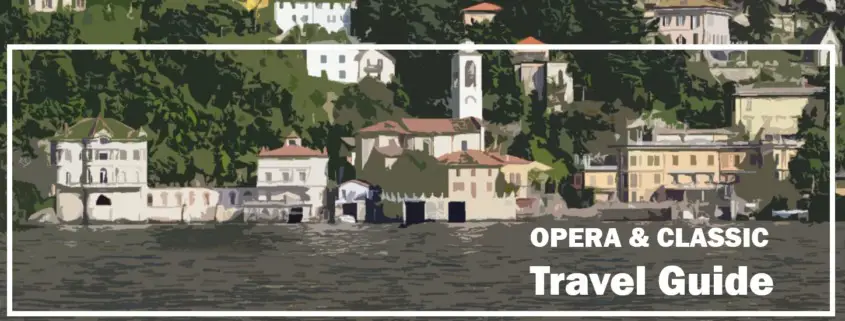


Leave a Reply
Want to join the discussion?Feel free to contribute!